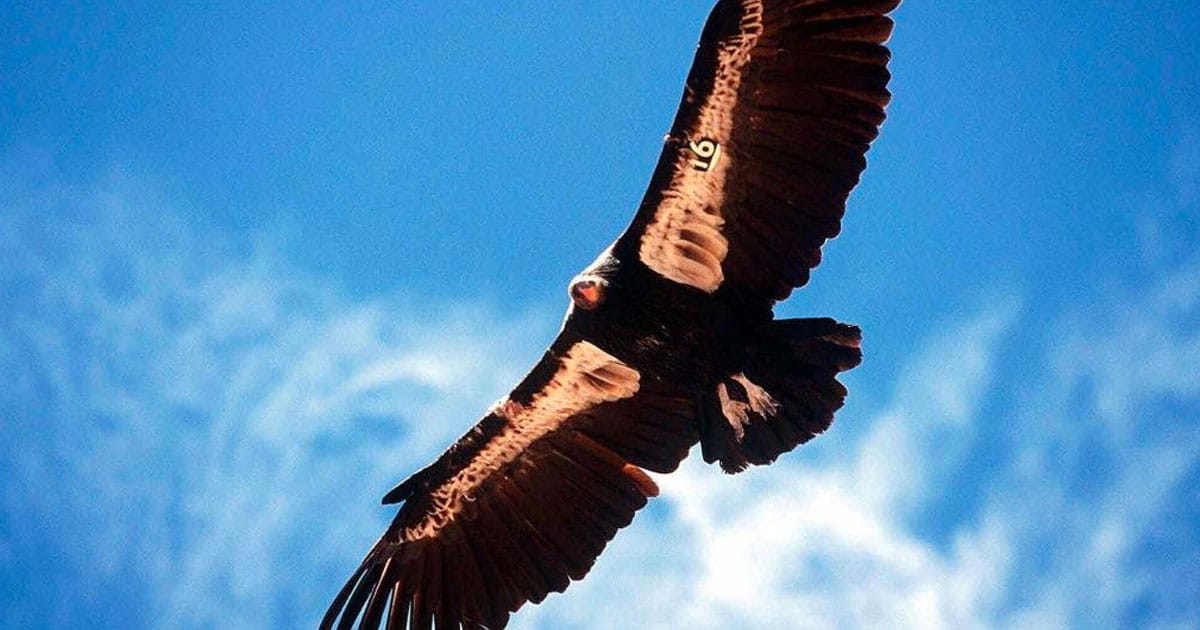 A long-fought battle between hunting rights groups and environmentalists over the use of lead ammo went decisively for the former in federal court on Friday. Coming out victorious were the nation’s hunters, the National Rifle Association and the U.S. Forest Service.
A long-fought battle between hunting rights groups and environmentalists over the use of lead ammo went decisively for the former in federal court on Friday. Coming out victorious were the nation’s hunters, the National Rifle Association and the U.S. Forest Service.
The Ninth Circuit Court of Appeals handed down a 25-page ruling in the dispute that has been festering for years. Eleven years to be exact.
The court’s unanimous decision turned back efforts by the Arizona-based Center for Biological Diversity to force the Forest Service to ban lead ammo in the Kaibab National Forest. This is a famous big game hunting location that is adjacent to the Grand Canyon.
Anti-hunting groups attempted to enforce ammunition regulations that would ban lead bullets sometimes ingested by wildlife after hunters take down their targets. There are times when the wounded animal evades the hunter and is not found before it dies in the forest. The field dressing of game would also leave this ammo behind and see it at times ingested by birds such as condors who prey on the carcasses.
Judge Jay Bybee wrote the decision for the three-judge panel. He agreed that the Forest Service owns the property where hunting takes place and has the authority to regulate hunting and fishing there.
However, Bybee declared it is normally the state’s obligation to regulate hunting activities. He wrote that the Forest Service “rarely exercises its authority to preempt state laws related to hunting and fishing.”
Further, the judge asserted that the Forest Service’s operational decision to take no role in hunting regulations resulted in it not being responsible for issues presented by lead ammunition.
It was 2020 when the Arizona Game and Fish Department asked hunters to switch to non-lead ammo. They particularly targeted game management units in the north Kaibab National Forest and another in the Arizona strip to help preserve the condor population.
Officials noted that studies “suggest” the shot and fragments left behind create lead exposure. They stopped well short of an outright ban.
State officials made alternative ammo available to hunters, who reportedly have largely switched to its use. Arizona officials recommend copper bullets which break apart differently from the lead variety.
The appeals court conceded that lead is indeed found in species that devour what is left behind by hunters. It’s ruling acknowledged “lead ingestion and poisoning attributable to spent ammunition has been documented in a number of avian species in Arizona’s Forest Service land, including endangered California condors, bald and golden eagles, northern goshawks, ferruginous hawks, turkey vultures and common ravens.”
The NRA was joined by the Safari Club International and the National Shooting Sports Foundation in the effort to protect hunting rights. The Office of Litigation Counsel is the legal arm of the historic gun rights group, and Director Michael Jean hailed the ruling as a victory for hunters.
“This NRA victory is a significant setback for gun control and anti-hunting advocates who see ammo bans as a pivotal leap in their agenda.”
Jean added that the appeals court win established that states have primary authority over wildlife management. This includes issues related to hunting. “Courts will not entertain ‘failure-to-regulate’ lawsuits against the federal government for merely honoring state hunting laws.”
The decision also rejected laws intended to cover large-scale commercial waste disposal being applied to ordinary hunters.
The Center for Biological Diversity’s lead attorney, Jonathan Evans, decried the appeals court decision. “This unfortunate ruling is a step backward for California condor recovery. Condors cannot recover from the brink of extinction until we get lead ammo out of key habitat[s] like the Kaibab National Forest.”

